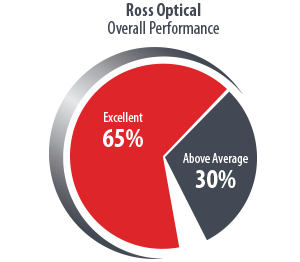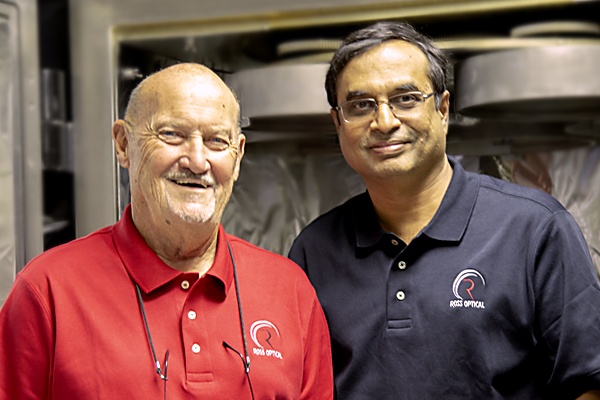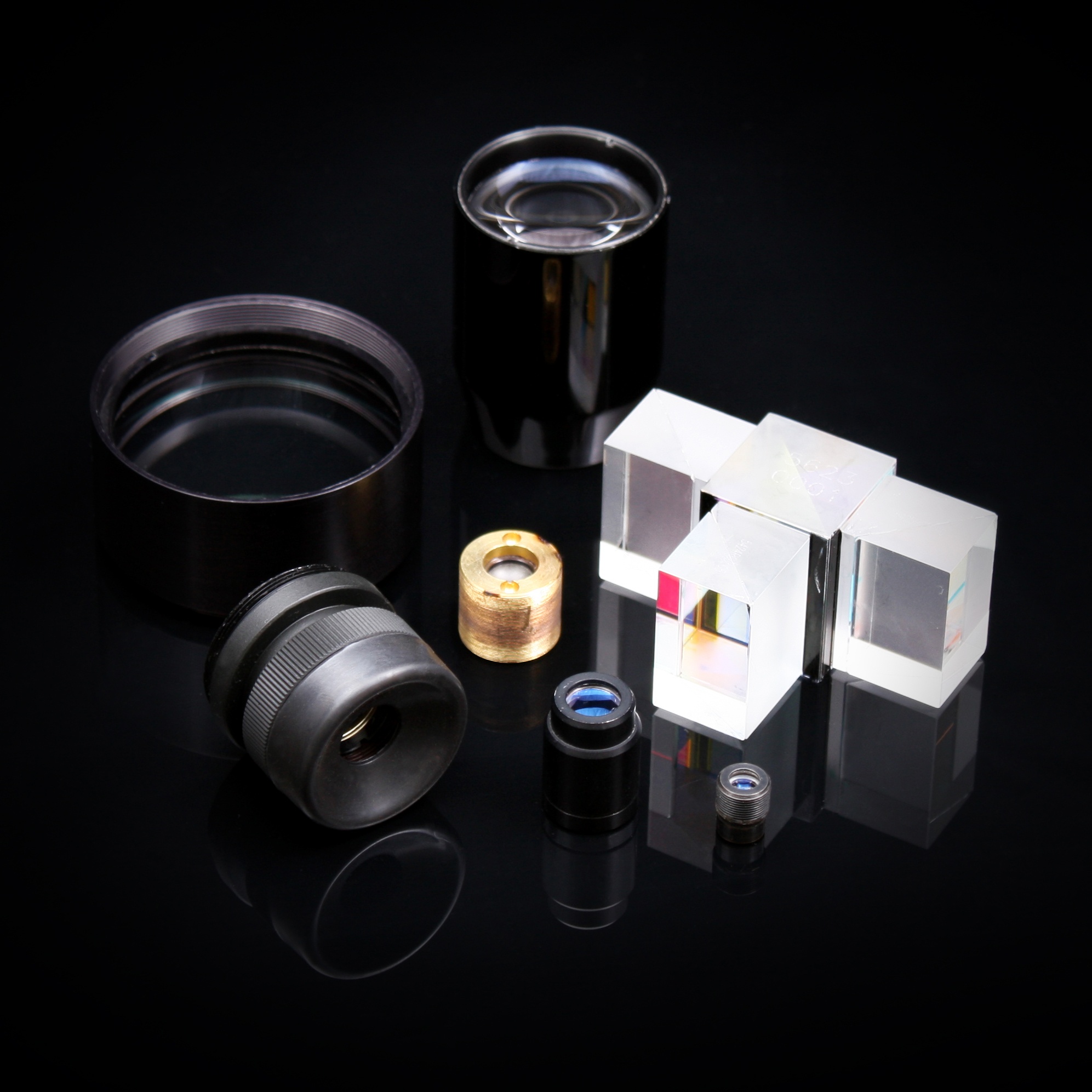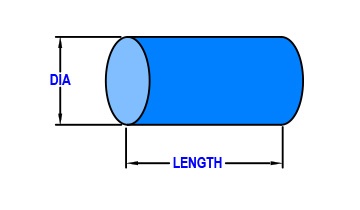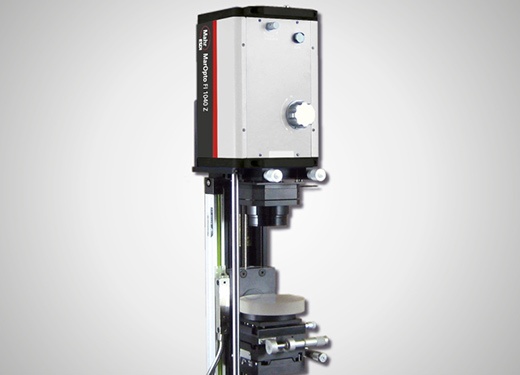APOMA, the American Precision Optics Manufacturing Association, is a working group of top optical manufacturers throughout the United States. The organization shares and establishes best practices for optical fabrication and testing. It also provides a unified voice for promoting and advancing the optics industry on a national and international level. Optics is a constantly changing industry. Here are three new business challenges that stood out to us during a recent APOMA meeting.
Read More >Ross Team
Recent Posts
Trends in Precision Optical Manufacturing
2018 Survey: Ross Optical Continues to Meet Customer Service, Quality and Delivery Needs
We just completed our 2018 customer survey, and Ross Optical once again received high marks for customer service, technical expertise, quality and delivery. On overall performance, 95% of customers rated Ross above-average or excellent.
Ross Optical Announces Successful ISO 9001:2015 Surveillance Audit
Ross Optical today announced that it has successfully passed the surveillance audit against the ISO 9001:2015 Standard with no non-conformances. The audit was completed by Perry Johnson Registrars, Inc. This certification affords the company’s U.S. and international customers a globally recognized standard of quality assurance. Ross Optical achieved ISO 9001:2015 certification in January of 2018.
Read More >Ross Celebrates 30th Anniversary
Ross Optical is celebrating its 30thanniversary this year. We sat down with Ed Ross, founder, and Divi Mangadu, president, to talk about the last 30 years and what is next for the company.
Read More >Big Trends for Tiny Optics in Medical Devices
Medical technologies are becoming increasingly miniaturized and mobile. This trend is changing the landscape of healthcare and making advances in telemedicine, wearables, and mHealth (mobile health) possible. These technologies include:
Read More >Supply Chain Optimization in Optics: Types of Inventory and Vendor Management
According to KPMG, only 1 in 5 companies say that their supply chain is deployed and optimized to keep pace with customer needs. Supply chain optimization can seem like a daunting task, especially with the long lead times in the optical lens and assembly industry. But it can have a huge reward in cost savings.
Read More >Ross is Collecting Healthy Food for Food Drive
We are helping to collect healthy food for the Mujer Saludable, Familia Feliz. Want to help out by donating? There are two ways to help:
Read More >Three Applications of Rod Lenses
A previous article explored applications of cylinder lenses. In those examples, the lenses were only curved on one side—the other side was flat (i.e. "plano-"). Cylinder lenses can be curved on both sides, though, creating a "rod lens." Rod lenses are unique in that they can be used either side-on or end-on depending upon the application. Here are three examples of their versatility.
Read More >Ross Optics Improves Micro Optics Capabilities
Warming Up: Three Hot Markets for the Infrared Optical Industry
Demand for infrared optical elements has extended beyond just lens assemblies and hot/cold mirrors. Specifically, there is growing interest across the optical industry for bandpass filters, achromats, athermal elements, and polarizing waveplates. The demand spans all IR wavelength bands—near IR (0.75 µm to 1.4 µm), short-wavelength IR (1.4 µm to 3 µm), mid-wavelength IR (3 µm to 8 µm), and long-wavelength IR (8 µm to 15 µm). Advances in sensor and source technology, as well as a changing marketplace, are driving this growth. Demand from three industries stands out as particularly noteworthy:
Read More >SUBSCRIBE VIA EMAIL
Recent Posts
POSTS BY TOPIC
- optical design (29)
- supply chain / inventory management (19)
- optics applications (14)
- standard optics (14)
- meet the team (11)
- optical assemblies (11)
- custom optics (10)
- micro optics (10)
- quality management (10)
- news (9)
- optical coating (6)
- medical optics (5)
- events (4)
- aspheres (3)
- cleaning optics (3)
- optical metrology (3)
- achromatic doublets & triplets (2)
- endoscope (2)
- mechanical engineering (2)
- Infrared (1)
- endoscopic test (1)
- large optics (1)



